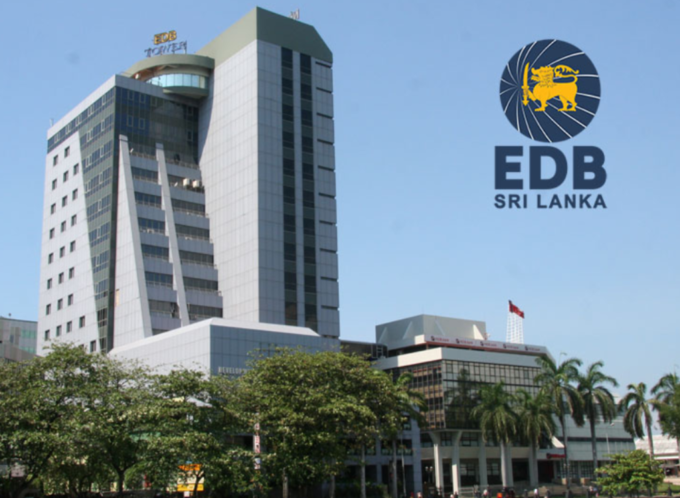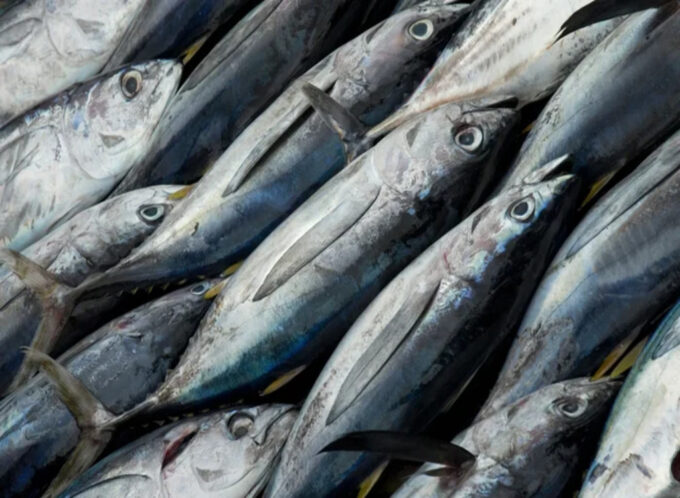The Seafood Exporters’ Association of Sri Lanka (SEASL) has raised serious concerns over the recent reduction in US import tariffs on Sri Lankan goods, cautioning that the development has been widely misrepresented as a major breakthrough.
Issuing a statement, SEASL acknowledged that the reduction in tariffs—from 44% to 30%—helped avert a total loss of market access.
However, the Association stressed that Sri Lankan exporters, particularly in the seafood industry, remain at a significant disadvantage when compared to regional competitors.
“The new 30% rate, though an improvement, still places our products at a steep disadvantage compared to countries like Vietnam and the Philippines, which face tariffs of 20% or less,” SEASL said. “This gap is particularly damaging for key sectors such as seafood, tea, coconut-based products, and processed foods—industries that sustain thousands of jobs and livelihoods across Sri Lanka.”
Seafood exports to the United States account for more than 25% of Sri Lanka’s total seafood exports, with some product lines such as pasteurised crab meat depending entirely on the US market.
The Association warned that the sustained tariff burden would severely strain the sector’s supply chain, undermining the prices paid to fishermen and ultimately threatening coastal livelihoods.
“Our competitiveness is already limited by high raw material costs and domestic taxation. The introduction of a 30% tariff only worsens this situation,” a SEASL spokesperson said.
The Association noted that its members are actively pursuing market diversification, with ongoing efforts to establish stronger footholds in the Middle East, Far East, and Europe. However, SEASL cautioned that entering new markets requires time, significant investment, and a policy environment conducive to long-term export development.
Calling for urgent government intervention, SEASL outlined three key recommendations to mitigate the structural disadvantages faced by local exporters:
Further tariff negotiations with the US to bring rates in line with regional peers before 1 August 2025.
A transparent roadmap for trade talks with clear participation from industry representatives.
A national export competitiveness strategy, focusing on supply chain efficiency, international compliance, and market access advocacy.
SEASL represents the country’s leading seafood producers and exporters, committed to sustainable practices, international quality standards, and the development of resilient export markets.
The Association plays a key role in advancing Sri Lanka’s presence in global seafood markets and in safeguarding the economic wellbeing of coastal communities.











Leave a comment